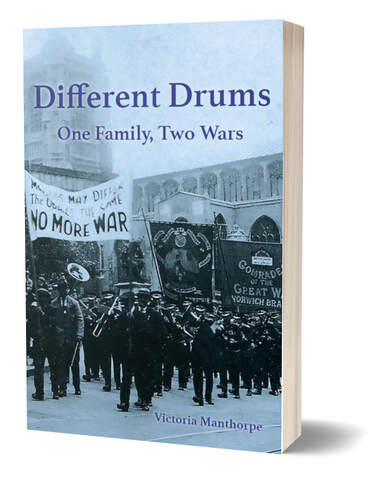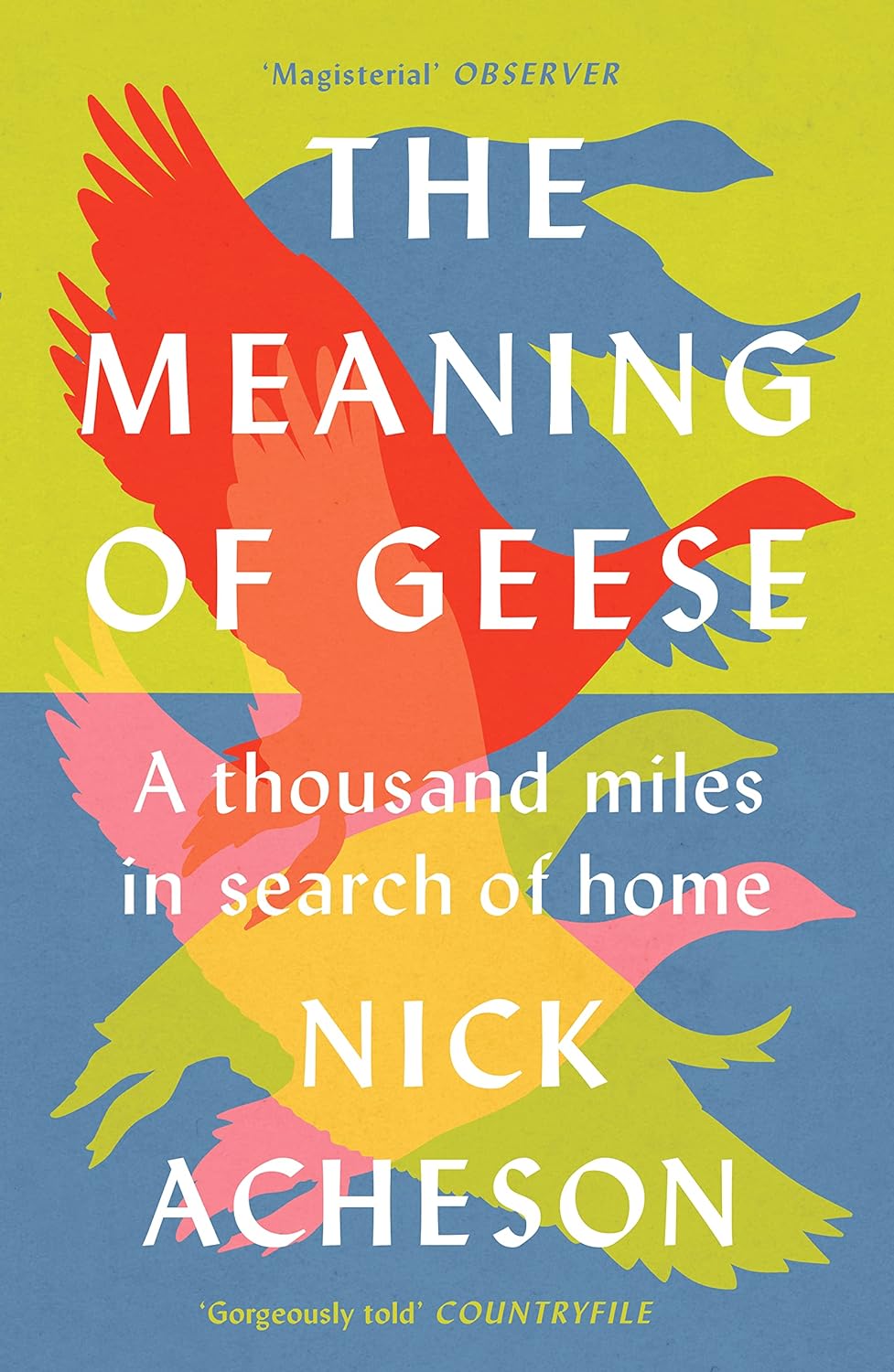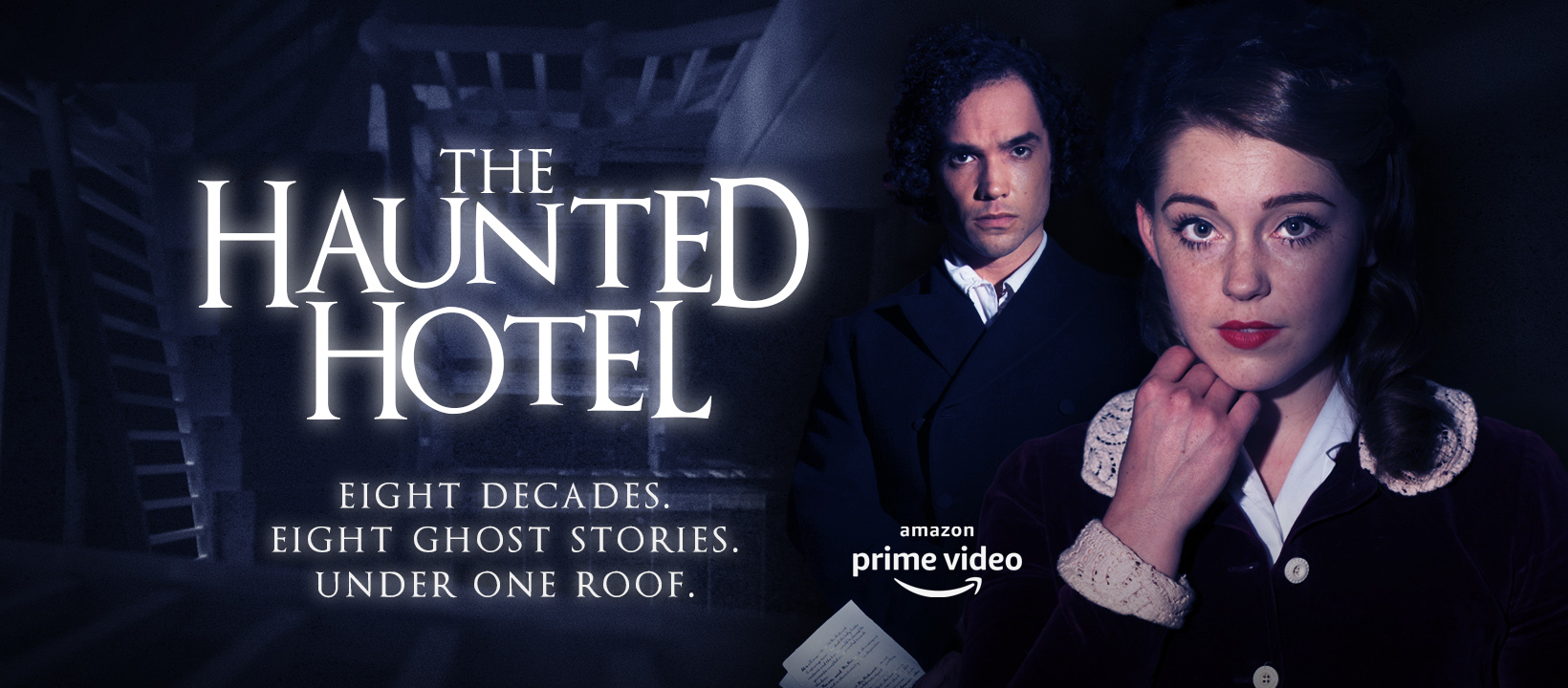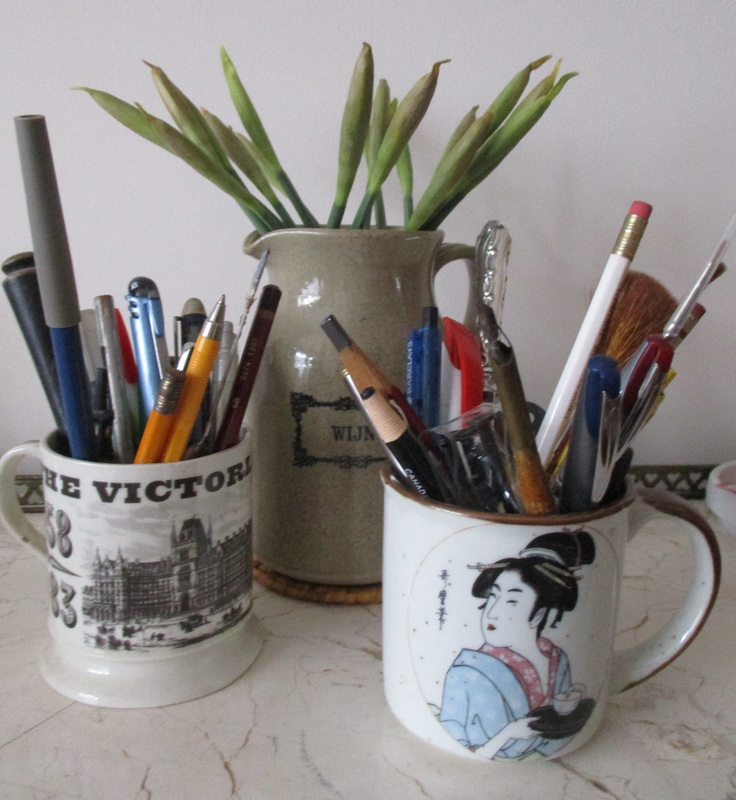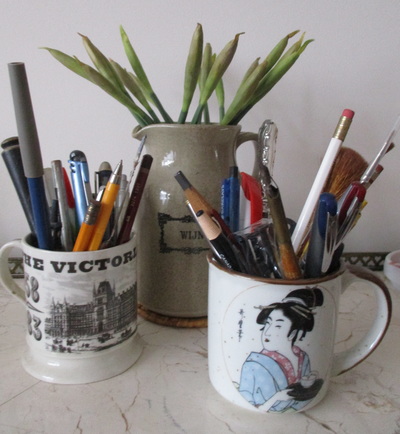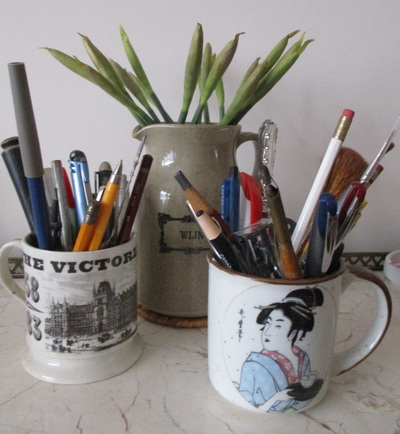|
I’m delighted to announce that Poppyland has just published my latest book, Different Drums – One Family Two Wars. Based on family papers and original research, it tells the story of conscientious objection from religious non-conformity to humanitarianism during two wars with particular relation to Norwich. A big thank you to publishers Gareth and Janet Davies for taking it on. I hope it will prove its worth amongst the excellent selection of their new spring books. The book is available in East Anglian bookshops and online through Poppyland Publishing or order though your local bookshop wherever you are (via Amazon, you will get an edition that is of lower quality paper).
Last Thursday I attended the 2023 East Anglian Book Wards hosted by the National Writing Centre at the Dragon Hall on King Street. It was sponsored by Jarrolds, the Eastern Daily Press and UEA. What a pleasant evening it was. There was a full house and we were treated to chats with the nominated writers from each category in two sets of three. Holly Ainley, Head of Programmes & Creative Engagement, skilfully orchestrated the lively and often humorous conversation. Categories covered Poetry, Fiction, Memoir, Local History, History and Landscape..
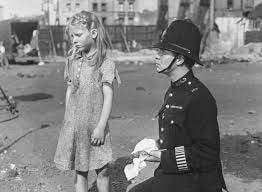 I’ve been watching old films. They’re great for observing historical change. Last week The Blue Lamp (1949) dramatized the message that the decent and brave metropolitan police were fighting against a rise in violent crime levels in post-war London. I love the details – the furnishings of the kitchen at Jack Warner’s home, the bomb sites, constant smoking and punctilious deference to senior officers and CID. Also on The Talking Pictures Channel, I’m becoming a regular fan of a series called Scotland Yard, produced on 35mm for the cinema between 1953 and 1961. They were filmed at Merton Studios and on location in a London – a London you can only just recognize. The streets are wonderfully empty. Traffic is very light, except when needed for a chase, and there’s a refreshing absence of signage, street markings, parking control and street furniture. London looks calm and, even the acting and plots are unhurried – very therapeutic in this post-lock-down period. But it’s quite salutary to see the attitudes of the past so unselfconsciously expressed – especially patriarchy and class relationships. 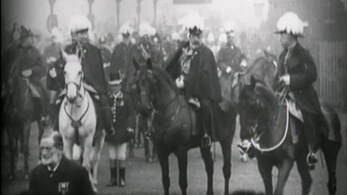 A Channel 5 programme featured late Victorian black and white film that has been recently colourised. Most were taken by independent photographers so the choice of subjects – from a horse-drawn fire engine hurrying to an emergency to the launching of a ship on the Thames that itself caused a major accident – seemed like straightforward recordings of contemporary activities. More familiar was newsreel footage of the old Queen’s funeral. What an extraordinary amount of pomp and circumstance with all the crowned heads of Europe and the ample figure of Edward VII riding behind. And it’s so much better in colour! Great news that FILMSuffolk's The Haunted Hotel is launched Easter Weekend on Google Play.
Good to see a trailer for The Haunted Hotel is on YouTube and that the movie is being shown at film festivals. It consists of eight ghostly stories down the decades all filmed at the old White Horse Hotel in Ipswich, Suffolk.
My story was 'Room 27b' about a young couple in the 1950s with echoes back to WWII airbases. It was great fun to work on and a great team. There's more on Facebook. |
Victoria Manthorpeauthor and feature writer Blog
Your email will only ever be used to send you new posts and you can unsubscribe at any time. For more information, please check Victoria's privacy statement.
Archives
April 2024
Categories
All
|
